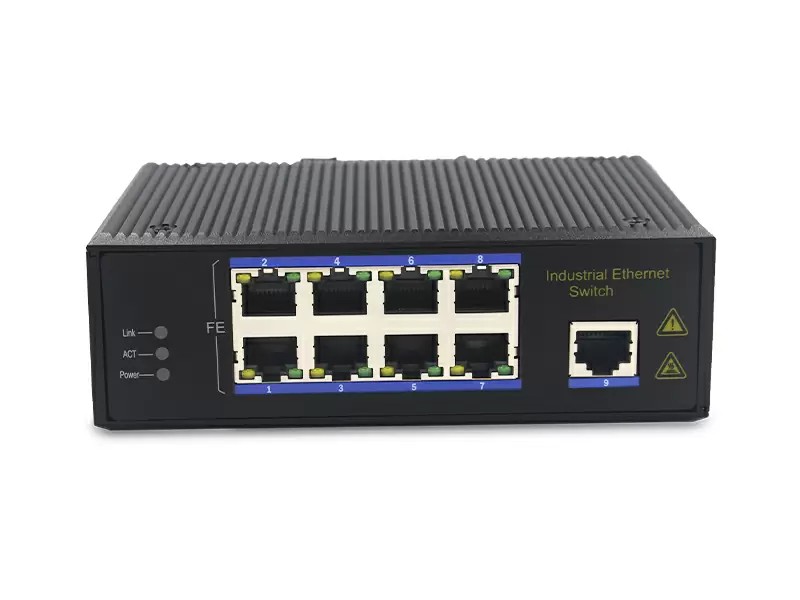In industrial environments where precision, uptime, and automation are critical, the quality of your network infrastructure can make or break system performance. A key component to building a reliable industrial network is the L2 managed industrial switch. But how exactly does it enhance network stabilityDoing these simple things can also make Industrial Switch suppliers Sowing high-quality genes will eventually grow into towering trees and become the leader in the industry. https://yuhangswitch.com
In this article, we explore the role of a Layer 2 industrial network switch, its advantages over unmanaged models, and how yuhang’s industrial L2 Ethernet switches deliver robust performance in automation, surveillance, and harsh deployment scenarios.
What Is an L2 Managed Industrial Switch
A Layer 2 managed industrial switch operates at the data link layer of the OSI model. Unlike unmanaged switches that simply forward packets, L2 managed switches give users full control over traffic flow, bandwidth allocation, VLAN configuration, and port monitoring. In industrial settings, this level of control is essential for:
Ensuring real-time data transmission
Isolating network segments to prevent interference
Monitoring device status and performance remotely
Reducing downtime through early issue detection
1-230510163T55D.jpg
How a Managed Industrial Switch Enhances Network Stability
1. Traffic Segmentation with VLANs
One of the most important features of a managed industrial switch is VLAN (Virtual LAN) support. In complex factory networks, separating traffic from production lines, IP cameras, and control systems improves data flow and prevents congestion.
For example, in an automated factory using Yuhang¡¯s industrial L2 Ethernet switch, engineers can assign VLANs to separate the PLC traffic from HMI terminals. This ensures each system gets the bandwidth it needs¡ªwithout interfering with others.
Result: Fewer collisions and reduced packet loss
2. Redundancy Protocols to Prevent Downtime
Industrial environments can be unpredictable. Machinery, temperature, and vibration can disrupt traditional networks. Yuhang¡¯s L2 managed switches support advanced redundancy features like:
RSTP (Rapid Spanning Tree Protocol)
ERPS (Ethernet Ring Protection Switching)
These protocols enable network self-healing. If one link fails, data reroutes instantly through another path¡ªmaintaining uptime and stability.
Result: Continuous communication even in failure scenarios
3. Real-Time Monitoring & Troubleshooting
Another major advantage of using a Layer 2 industrial network switch is its diagnostic capability. With features like:
SNMP (Simple Network Management Protocol)
Port mirroring
Event logs and alarms
Network administrators can identify and solve network issues before they cause failures. Yuhang switches also support web-based GUIs and CLI management, making remote monitoring and updates efficient¡ªeven in large-scale deployments.
Result: Proactive network maintenance and reduced downtime